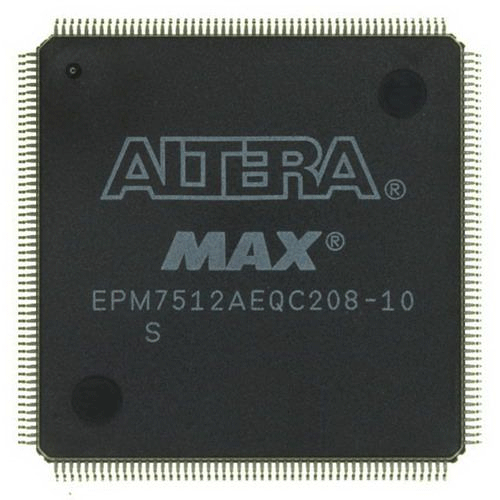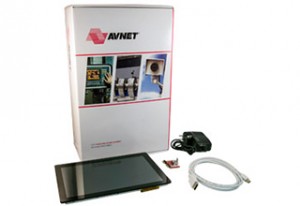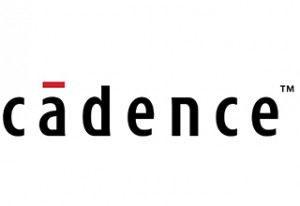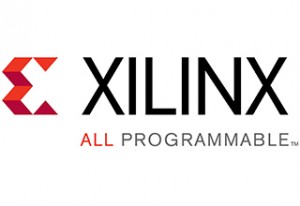Altera Corporation today announced the availability of Quartus® II beta software and early access documentation for MAX® 10 FPGAs, Altera’s latest addition to its Generation 10 portfolio of FPGAs and SoCs. Using TSMC’s 55 nm embedded flash process technology, MAX 10 FPGAs revolutionize non-volatile FPGA integration by delivering advanced processing capabilities in a small-form-factor, low-cost, instant-on programmable logic device. Availability of software support and product documentation enables customers to start MAX 10 FPGA designs immediately.
Altera recently completed tape-out of the first MAX 10 FPGA and is working with TSMC to begin delivering the non-volatile FPGA family to customers in Q3 2014. Comprehensive details on MAX 10 FPGAs will be publicly unveiled once silicon and development kits are available.
“As we announced last year, our focus on FPGAs with embedded flash technology is a key component of the Generation 10 product portfolio,” said Patrick Dorsey, senior director of product marketing at Altera. “With early access to MAX 10 FPGAs, customers can begin to realize the benefits of the powerful combination of FPGA processing and non-volatility enabled by embedded flash technology.”
Qualified customers enrolled in the MAX 10 FPGA early access program are able to get a jumpstart on their designs by running design compilation and timing analysis using Quartus II software. Offering early access software allows customers to accelerate their path to market for high-volume applications that require advanced processing capabilities with low system costs and power.
“TSMC is the first foundry to offer embedded flash on 55 nm process technology and we are pleased to work with a long-term partner like Altera to deliver this technology in MAX 10 FPGAs,” said Chen-Chung Chao, director, account management, TSMC North America. “Our 55 nm embedded flash process was developed to support applications that require high levels of non-volatile integration in a wide range of end markets.”
MAX 10 FPGAs are designed to lower total system costs and minimize board complexity. The low-cost device family features several advanced capabilities, including digital signal processing, analog functionality, Nios® II embedded processing and external memory interfaces. The MAX 10 FPGA’s small form factor, single-chip integration is even more compelling to board designers when used alongside Altera’s Enpirion power solutions. These capabilities make MAX 10 FPGAs suitable for many end markets, including:
- Automotive – Quality, reliability and integration are paramount in automotive applications. The 55 nm embedded flash-based MAX 10 FPGAs are tailored for the rigorous safety and quality standards required by the automotive industry. MAX 10 FPGAs eliminate the need for external configuration devices and delivers instant-on capabilities for Advanced Driver Assistance Systems (ADAS), such as rear-view cameras. The wide parallel processing capability of MAX 10 FPGAs combined with embedded flash is also a great fit for under-the-hood applications such as electric vehicle (EV), motor control, battery management, and power conversion, in which faster control loops and higher switching frequencies translate into real system cost savings through lower cost motors and reduced external components.
- Industrial – In industrial control applications, MAX 10 FPGAs accurately sense environmental conditions and use real-time control processing to respond. The small form factor, single-chip FPGAs greatly enhance system efficiency in applications ranging from motor control and I/O modules to Internet-of-things (IoT) sensor processing and machine-to-machine (M2M) communications.
- Communications – MAX 10 FPGAs are ideal for use in communication systems to assist in the bring-up of multiple board components, management of power sequencing and I/O expansion.

Altera Corporation
www.altera.com
The post Altera Delivers Early Access Software for Next-Generation FPGAs appeared first on FPGA Tips.
Filed Under: FPGA Tips




